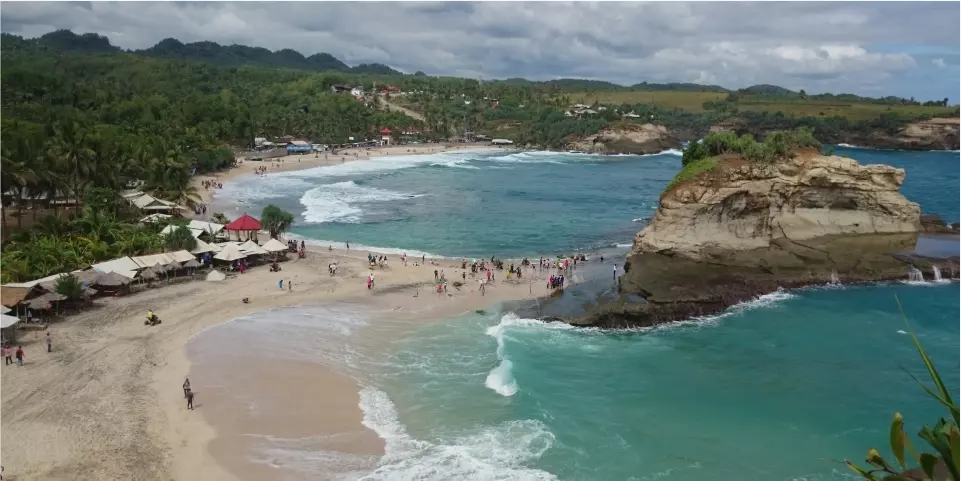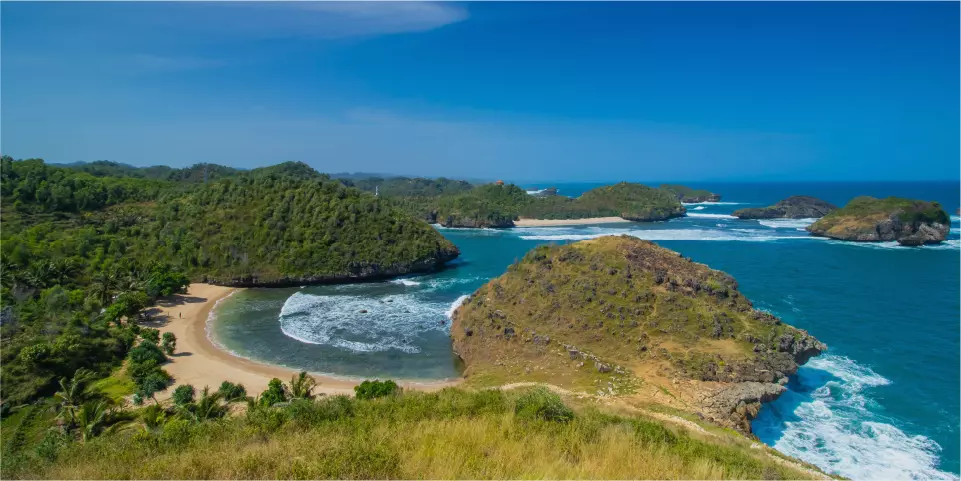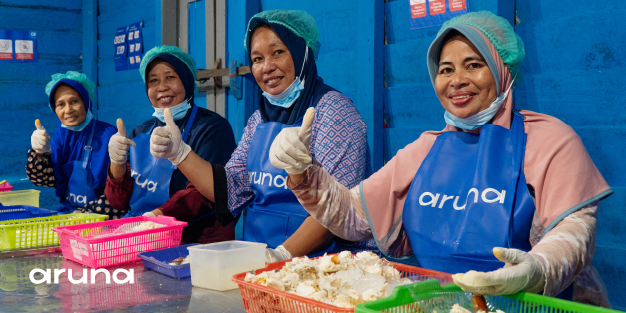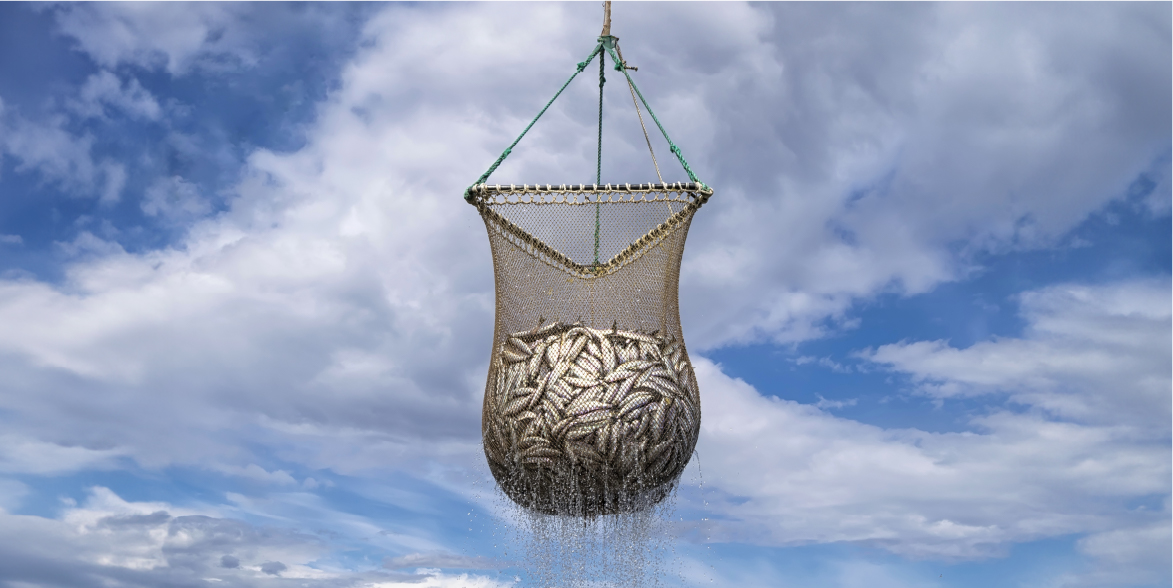The Government of the Republic of Indonesia places blue economy as the forefront of marine spatial planning, and this is specifically regulated in Government Regulation Number 21 of 2021 regarding spatial planning implementation. Certainly, the blue economy and the implementation of the sustainable fisheries concept are two inseparable aspects, considering that the blue economy prioritizes the sustainability of marine ecosystems in order to develop the marine economy sector.
“This regulation stipulates that development activities utilizing marine space must refer to the marine spatial planning. Spatial planning is a fundamental part of the series of processes in marine spatial planning to ensure the sustainability of ecosystem functions and socio-economic activities in the marine space,” said the Acting Director of Marine Spatial Planning at the Ministry of Marine Affairs and Fisheries, Suharyanto.
The Government of East Java Province Seriously Regulates Marine Spatial Planning

The Governor of East Java, Khofifah Indar Parawansa, while attending the closing of the National Maritime Seminar held by PWI Jatim (Indonesian Journalists Association in the East Java region), revealed that her administration continues to make various strategies for managing marine space through the integration of marine and land spatial planning. Strict supervision is also carried out by the East Java Provincial Government (Pemprov Jatim) to ensure the utilization of marine space, the designation of coastal conservation areas, as well as massive socialization and education on the use of marine space.
Pemprov Jatim Implements the Sustainable Fisheries Concept as a Blue Economy Implementation Strategy
With the potential of maritime and fisheries resources in East Java, including a sea area of 5,202,579.34 hectares, a coastline of 3,543.54 kilometers, and 50,979 fishing vessels, the implementation of the sustainable fisheries concept greatly contributes to the advancement of the fisheries industry, improving people’s livelihoods, and maintaining the balance of marine habitats and ecology. As stated in Presidential Regulation Number 16 of 2017 concerning Indonesian Maritime Policy, marine spatial planning is one of the 11 missions to realize Indonesia as the maritime axis of the Indonesian archipelago.
Pemprov Jatim designates a conservation area of 202,819 hectares, in addition to providing an industrial zone of 10,311 hectares, a conservation area of 16,719 hectares, a blue carbon zone of 10,059 hectares, a sea port zone of 43,924 hectares, an aquaculture zone of 308,979 hectares, a capture fisheries zone of 4,521,736 hectares, and a tourism zone of 6,140 hectares.
East Java Tops Various National Rankings in the Field of Marine and Fisheries
The success of the provincial government in balancing marine spatial planning has propelled the province to the top of various rankings, including:
- Rank 1 nationally in capture fisheries with a yield of 598,317 tons.
- Rank 1 nationally in the highest fishery exports, amounting to 385,083 tons.
- Rank 1 nationally in salt production, amounting to 402,845.839 tons.
- Rank 3 nationally in aquaculture, amounting to 1,314,043.026 tons.
Governor Khofifah also launched the establishment of coral reef planting sites (corap spots) in the waters of Bangsring Banyuwangi, named Creative-Innovative-Productive (KIP), while declaring clean seas under the title “Stop Dumping Trash and Marine Waste.” This initiative involved 14 other stakeholders, including the Chairman of the Coastal Managers Association, the Forum for Marine Communities, SKK Migas Jabanusa, the Chairman of the Jatim Maritime Partner Consortium, the Chairman of the Association of Indonesian Ship and Offshore Industrial Entrepreneurs, as well as the Community Monitoring Group and the Association of Fisheries Processing and Marketing Product Producers.
By involving all elements of society in the preservation and monitoring of the ocean, the implementation of the sustainable fisheries concept to advance the economy and ecology can continue to progress on-track. The success of the provincial government in synergizing with stakeholders should serve as a benchmark for other provinces. It is important for not only producers and seafood distributors but also consumers to be motivated to jointly monitor and safeguard marine and fisheries activities. This is what Aruna has been doing alongside the Aruna Hub ecosystem, continuously striving to advance the marine ecosystem by comprehensively implementing the sustainable fisheries concept.











Leave a reply
No comments found.